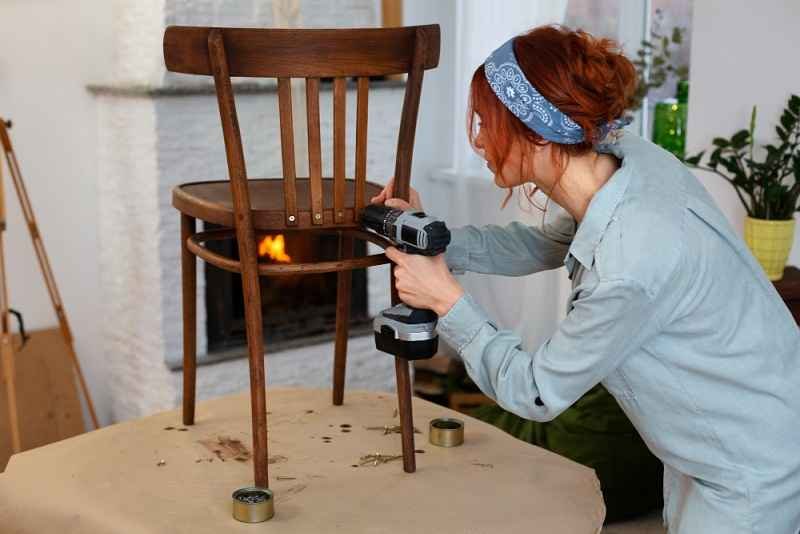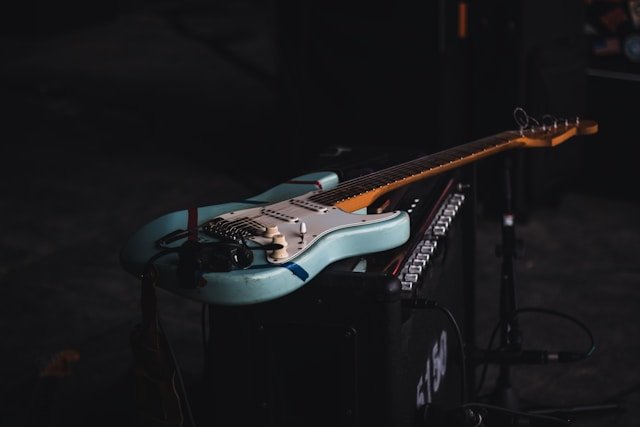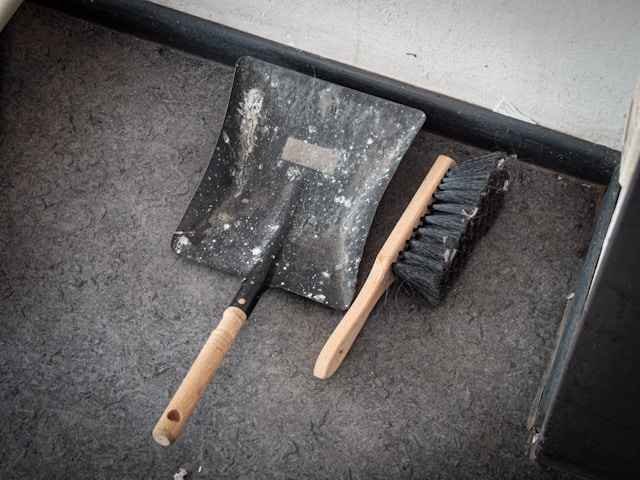Sustainable interior design is now a must, not just a trend. The world is more aware of environmental issues than ever.
One significant aspect that often goes unnoticed in this realm is the process of metal restoration. This process brings metal fixtures back to life instead of throwing them away. This process cuts down on waste and helps protect the environment.
More designers are recognizing the eco-friendly benefits of metal restoration. This shift is reshaping the way spaces are designed Read on to learn more.
The Benefits of Metal Restoration
Metal restoration offers numerous advantages that reinforce its importance in sustainable interior design. Here are some key benefits to consider:
Waste Reduction
By opting to restore metal elements rather than replace them, we significantly reduce the amount of waste sent to landfills. This approach perfectly aligns with sustainable practices that prioritize the preservation of our planet’s natural resources.
For instance, recycling a single ton of metal can save up to 2.5 tons of iron ore, 1.4 tons of coal, and 120 pounds of limestone. Choosing restoration conserves natural resources and minimizes the environmental damage caused by mining and processing new materials.
Resource Conservation
The metal restoration process profoundly impacts resource conservation. By minimizing the demand for new raw materials, we decrease the energy required to extract, process, and transport them. This reduction in demand, in turn, reduces greenhouse gas emissions and helps combat climate change.
For example, producing new aluminum cans requires 95% more energy than recycling existing ones. By choosing restoration, we conserve valuable resources, reduce energy consumption, and decrease our carbon footprint.
Cost-Effectiveness
Restoring existing fixtures is both eco-friendly and cost-effective. When compared to purchasing new items, restoration often proves to be the more affordable option.
This financial benefit appeals to both homeowners and businesses alike. It helps them save money while reaching their goals.
For instance, refurbishing an old faucet can cost up to 50% less than buying a new one. Choosing restoration helps individuals and organizations save money while supporting a sustainable future.
Environmental Impact
The production of new metal has a significant ecological footprint. This impact affects the planet in various ways. Mining and refining metals use a lot of energy.
This leads to a big rise in greenhouse gas emissions. This process harms the atmosphere and pollutes land and water. It damages ecosystems and leads to a loss of biodiversity.
Metal restoration has a much lower impact. It emits fewer greenhouse gases and saves natural resources. By choosing restoration over new production, we can reduce our carbon footprint, preserve natural habitats, and help mitigate the devastating effects of climate change.
Types of Metal Restoration Techniques
There are various methods for restoring metal, each offering solutions for different types of damage. Understanding these techniques helps in selecting the most appropriate approach for restoration needs.
Cleaning and Polishing
Regular maintenance, like cleaning and polishing, is key. It keeps metal fixtures looking good and working well. This process removes corrosion and dirt, bringing back the original shine.
Repairing Corrosion
Corrosion is a common issue with metal materials. You can use rust inhibitors and protective coatings to fix and stop more damage.
Paintless Dent Removal
One innovative method that restores the integrity of metal without compromising its original surface is paintless dent removal. This technique uses special tools to reshape the metal. It keeps the finish and makes it last longer.
Metal Restoration’s Aesthetic Value
Beyond its functional benefits, metal restoration significantly enhances the aesthetic quality of any interior space. Restored metal fixtures often possess a character and charm that new items lack. Their unique patinas and historical significance can add depth and storytelling to designs.
Interior designers can seamlessly integrate restored metal into various styles. Mid-century modern, industrial, or traditional styles all have unique elements. These can serve as focal points that enhance the overall design.
Challenges Faced in Metal Restoration
While metal restoration offers a multitude of benefits, several challenges must be addressed. A major challenge is the high cost of specialized restoration methods. This includes the careful work of replating or recasting antique metal items.
Restoring a rare 19th-century bronze statue often needs a master craftsman. This can lead to a high cost. Also, new methods might have a steep learning curve. This means you may need to invest a lot of time and resources.
Finding a skilled metal restorer can be a daunting task, as the field demands specific expertise and craftsmanship. Homeowners should research thoroughly to ensure quality work. They need to focus on reputation, past projects, and customer reviews.A homeowner looking to restore a vintage car might search online forums and social media. They want to find a restorer known for successfully refurbishing similar vehicles.
Also, checking a restorer’s portfolio is key. Look for before-and-after photos and client testimonials. This helps you make a smart choice.
Case Studies in Metal Restoration
Let’s look at some successful metal restoration projects. These projects not only transformed spaces but also supported sustainability.
The Reclaimed Storefront
A local store renovated its storefront using restored ironwork. The previous elements were worn but structurally sound, enabling a complete transformation without waste. This not only preserved the character of the neighborhood but also conveyed a strong commitment to sustainability.
Historic Building Revivals
Numerous historic buildings have been revitalized with restored metal fixtures. An old factory became residential lofts. It has original metal beams and railings, all refurbished beautifully. This transformation creates a modern living space that respects its history.
The Future of Metal Restoration in Sustainable Interior Design
The future looks bright for metal restoration as design trends shift towards sustainability. Increased awareness and demand for eco-friendly practices suggest metal restoration will play a pivotal role. As technology advances, restoration techniques will likely continue to evolve, offering innovative solutions.
It’s essential for designers, architects, and consumers to advocate for metal restoration. By increasing awareness about its benefits, individuals can encourage sustainable practices within the industry, creating a significant
impact on the environment.
The Transformative Power of Metal Restoration
Emphasizing metal restoration in interior design is vital for promoting sustainability and reducing waste. By choosing to restore rather than replace, we not only support eco-friendly practices but also contribute to creating unique, aesthetically pleasing spaces.
As the industry evolves, the inclusion of restoration techniques like paintless dent removal will further enhance design possibilities. Let’s embrace metal restoration to transform our interiors and our planet.
For more helpful tips, check out the rest of our site today.
For more information, visit our website, Homethreads







